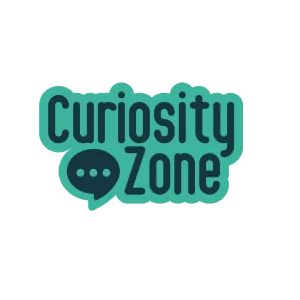
Finding Your Tour Guide (TRIP: Chapter Three)
By Steve Lear
While several versions of the TRIP decision-making process are available on this site (see the short Outline or complete Manual), we’re also spotlighting the content as individual chapters, making it easier for readers to get a step-by-step understanding of TRIP’s benefits. Let’s start planning a TRIP!
Chapter Three examines the first critical step in planning your TRIP: finding The RightTour Guide. Read on to discover what this pivotal role requires.
Planning Your TRIP: The Right Tour Guide
A successful TRIP requires careful planning at the outset. Each step occurs in its own space and time. Leadership and team members
Teams can plug into specific parts of the process at the time that’s right for them.
The process begins with selecting the Right Tour Guide and then Creating Teams of the Right Vehicles, filled with the Right People for the journey.
THE RIGHT TOUR GUIDE
Finding the right Tour Guide for your group is key. The best person for this job will do the following:
- Believe in people’s wisdom and creativity.
- Search for synergy and overlapping goals.
- Listen openly and actively.
- Understand group dynamics.
- Trust in the inherent power of groups and teams.
- Respect individuals and their points of view.
- Tolerate uncertainty and patiently wait for a decision to evolve and gel.
- Possess strong interpersonal and collaborative problem-solving skills.
- Comprehend effective systems for accomplishing tasks.
- Demonstrate a flexible vs. lock-step approach to resolving issues and making decisions.
- Maintain a neutral perspective on content and process. Content neutrality means not taking a position on the issues or having a stake in the outcome. Process neutrality means not advocating for a specific process, such as brainstorming.
A Tour Guide’s power lies in becoming both content-neutral and a process advocate: supporting fair, inclusive, and open processes that balance participation and improve productivity. The goal is to establish a safe psychological space in which all team members can fully participate.
The Tour Guide’s role is similar to that of a Facilitator: “to help minimize wheel spinning and dysfunctional dynamics and to enable groups to work together much more effectively.”3
The ideal Tour Guide will be the one who can lead the group without any bias or hidden agenda.
3. Michael Doyle, from Foreword to 3rd edition of Facilitator’s Guide to Participatory Decision Making, Sam Kaner et. al. (San Francisco: Jossey-Bass, 2014), xviii.

